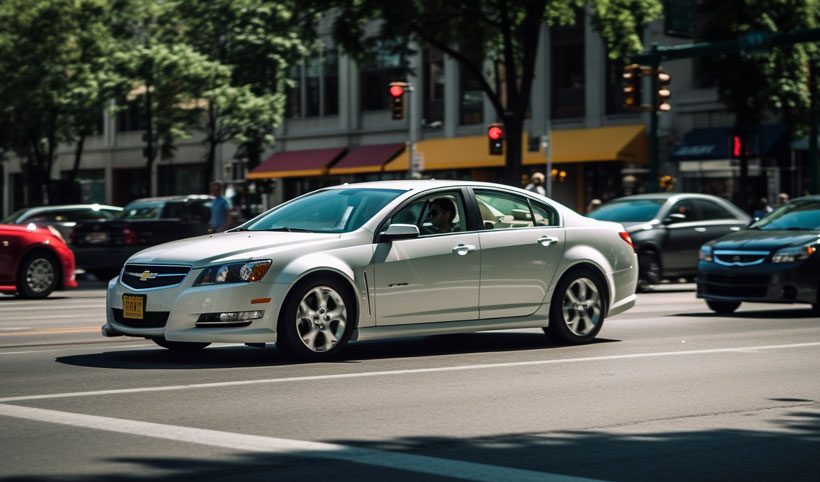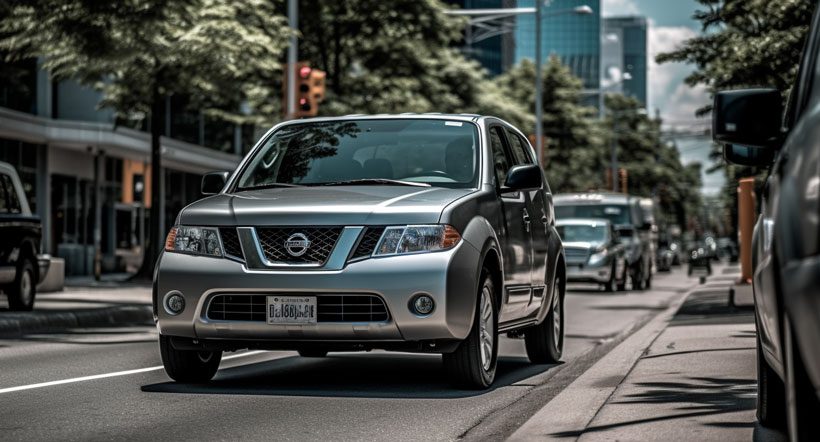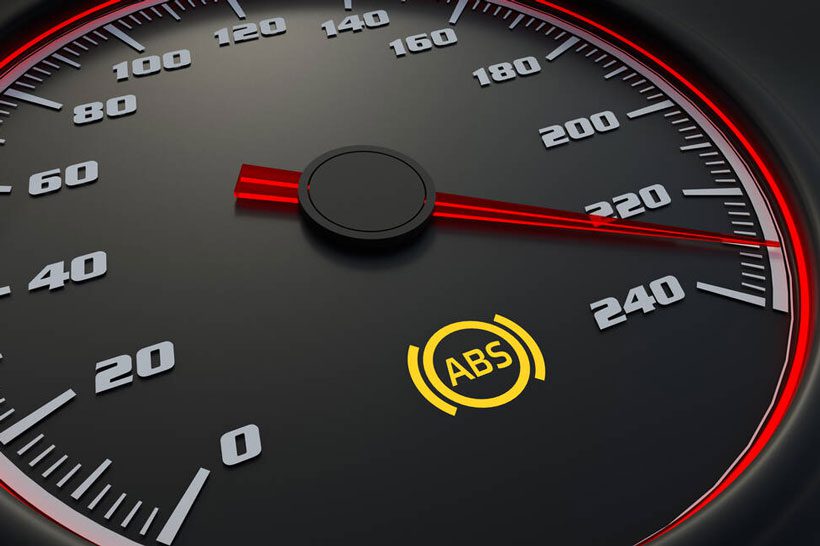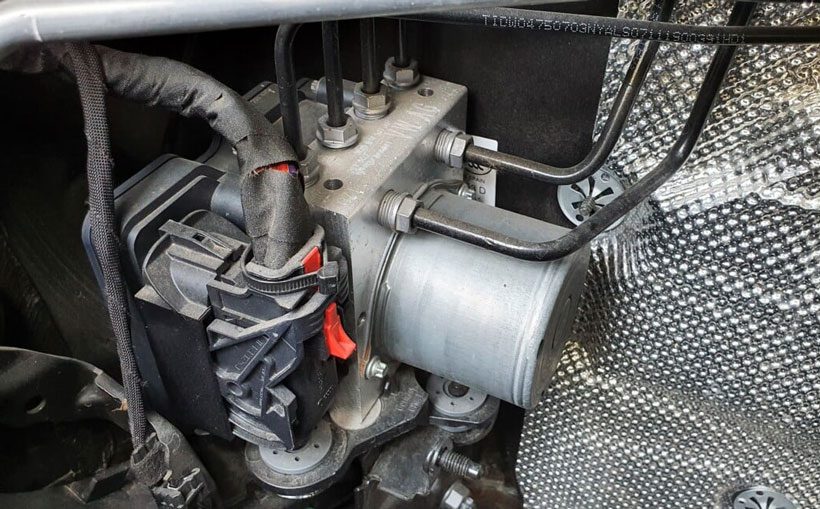How to Reset ABS Light Without Scan Tool: Step-by-Step Instructions
ABS lights may come on due to many reasons. Resetting the light after resolving the issues is required. But different cars require different methods when you want to do so without a scan tool.
So, what is the procedure on how to reset the ABS light without a scan tool? Well, there are a few different methods you can try. Generally, resetting the ABS light involves manipulating the brake pedal or disconnecting the battery. Some models may require hardwiring or an OBD or ABS diagnostic port.
If you’re tired of seeing that pesky ABS light on your dashboard, this guide is for you. Read on to learn how to take control of your vehicle’s braking system.
A Step-by-step Guide on How to Reset ABS Light Without Scan Tool

As mentioned earlier, the steps you will use depend on your vehicle model. Here is a breakdown of the major vehicle models:
1. Resetting ABS on Toyota
Follow these steps on a Toyota:
- Locate your OBD2 connector: The OBD2 connector is positioned under the dashboard, near the steering column.
- Connect pin 13 and pin 4 of the OBD2 connector: These pins are specific to the ABS system and need to be temporarily bridged to initiate the ABS light reset process.
- Twist your ignition key to the “On” position: Do so without starting the engine. This will power up the vehicle’s electrical system, allowing communication with the ABS module.
- Press the brakes eight times: Maintain a steady rhythm of approximately one pump per second. This action helps to discharge any residual power in the ABS and triggers the reset procedure.
- Start the engine and let it run: Allow it to run for about 5 to 10 seconds. Turn it off.
- Remove the wire bridging pins: Ensure no damage is caused during the removal process to avoid any electrical issues.
- Start the engine again and observe the ABS light: If the reset is successful, the ABS light should remain off during normal vehicle operation.

2. Resetting ABS on Ford
Here’s a detailed step-by-step explanation of resetting ABSs on Fords.
- Ensure safety precautions: Ensure the engine is turned off, the key is removed from the ignition, and all electrical components are switched off. Wear safety gloves and goggles.
- Disconnect the negative battery terminal: Use an appropriate wrench or socket to loosen the nut or bolt securing the negative battery terminal.
- Wait for a few minutes: Leave the negative battery terminal disconnected for approximately 5 to 10 minutes. Reconnect and tighten the bolt.
- Start the engine: Allow it to run for a few minutes to ensure the ABS initializes properly. The ABS light should no longer be illuminated if the reset is successful.

3. Resetting ABS on Honda or Acura
For Honda and Acura vehicles, you can reset the ABS light by following a specific procedure:
- Hardwire pins 9 and 4 in your OBD2: Use a thin wire or a paper clip and carefully connect terminals.
- Engage your brakes: While keeping the terminals connected, engage the brake pedal and hold it down firmly.
- Turn the vehicle on: Insert the key into the ignition and turn it to the “On” position. Do not start the engine or release the brake. You will notice that the ABS initially comes on. After a brief period, it will turn off. This signifies that the ABS is in the process of resetting.
- Disengage the brake: Release your pedal once the light turns off. Observe the ABS warning light. It should blink two times if the process is successful.

4. Resetting ABS Light on GM Models
Follow these steps:
- Turn your ignition to the “On” position: Ensure you do not start the car.
- Press the throttle pedal thrice: Ensure you press it fully and release it each time. This action activates the ABS reset sequence.
- Start the engine: Check the dashboard for the ABS light. The ABS light should no longer be illuminated if the reset is successful.

5. Resetting ABS on Nissan or Infinity
Here’s a step-by-step guide to reset the ABS light of Nissan or Infinity.
- Turn your steering to a full lock position: Start the vehicle and then turn the steering to either the left or the right lock position.
- Drive and engage the brakes: Do this while keeping the steering turned to a full lock position. This step assists in triggering the ABS.
- Switch the vehicle off and then on: Once on, your vehicle should no longer have the ABS warning.

If the warning is still on, follow these steps:
- Disconnect the battery: Use caution and ensure you have the necessary tools. Leave the battery disconnected for approximately 10 minutes to allow the system to reset.
- Reconnect the battery and start the car: Let it idle for a few moments before proceeding.
- Drive the vehicle: Once running, take it for a drive. The ABS warning will turn off within a few seconds to a minute of driving if the reset process is successful.
Will Resetting ABS Light Fix It Completely?
Resetting the ABS light is not guaranteed to fix the underlying issue with your vehicle’s braking system.
The ABS light is an indicator that there may be a problem with the anti-lock braking system. It is a crucial safety feature designed to prevent wheel lock-up during braking. While resetting the ABS light can clear the warning from the dashboard, it does not address the root cause.
So, What Causes the ABS Warning to Light Up?

Several factors can trigger the ABS warning light to light up:
1. Faulty ABS sensor
Each wheel on your vehicle is equipped with an ABS sensor that monitors the wheel’s rotational speed. If a sensor becomes damaged, dirty, or malfunctions, it can send inaccurate readings to the ABS module. This leads to the activation of the ABS warning light.
2. Damaged or loose wiring
The system relies on a wiring network to transmit data between the ABS sensors and the module. If there is damage to the wiring or if connections become loose or corroded, it can disrupt communication. This will definitely trigger the ABS warning light.
3. Low brake fluid level
ABS is closely linked to the hydraulic brake system, which relies on adequate brake fluid to function properly. If the brake fluid level drops below the specified range, it will trigger the ABS warning to illuminate.
4. Malfunctioning ABS module
The ABS module, also known as the ABS control unit or ABS computer, is the central control unit of the ABS. It plays a crucial role in monitoring and controlling the operation of the anti-lock braking system. The module receives information from various sensors throughout the vehicle. It will use the readings to assess the braking conditions and determine when to engage or release the brakes.

However, the ABS module can experience malfunctions or internal issues like any electronic component. These issues can range from electrical failures to software glitches.
5. Faulty brake components
Issues such as the brake pads, calipers, or master cylinder, indirectly trigger the ABS warning light. For example, If your car has uneven brake pad wear or a hydraulic pressure imbalance. It can affect the functioning of the ABS and cause the warning light to come on.
6. System self-check during startup
In some cases, the ABS warning light may briefly illuminate during vehicle startup as part of a self-check process. However, if the light remains on or flashes continuously while driving, it indicates a problem with the ABS.
How Do I Fix ABS Warning Light Completely?

Here are the steps to take to resolve the ABS issues and the warning light completely.
1. Inspect ABS sensors and wiring
Ensure that the sensors are clean, undamaged, and properly secured. Inspect the wiring for any signs of damage, corrosion, or loose connections. If any issues are found, repair or replace the faulty components as necessary.
2. Check brake fluid level and condition
Verify the brake fluid level in the reservoir and ensure it is within the recommended range. If the fluid level is low, inspect for any leaks in the braking system and address them accordingly.
Also, check the condition of the brake fluid. Consider performing a brake fluid flush and replacement if it appears dirty or contaminated.
3. Clear ABS codes
After repairing or replacing the faulty components, use a diagnostic tool to clear the ABS codes stored in the vehicle’s computer system. Alternatively, you can use one of the above methods to reset your ABS light without needing a scanner.
5. Test the ABS
Take the vehicle for a test drive to ensure the ABS functions properly. Test the brakes in various scenarios, such as gentle, hard, and braking on slippery surfaces. Monitor the ABS warning light during the test drive to ensure it remains off.
If you’re dealing with an ABS light that remains on after a brake job and you’re wondering whether it’s safe to drive with the ABS light on and need information about the safety and legality of driving in such a situation, our article on driving with ABS light on – safety and legality provides valuable insights. It discusses the potential risks, safety implications, and legal considerations associated with driving with the ABS light illuminated. Additionally, if you’re looking for guidance on resetting the ABS light without a scan tool after a brake job, our article on ABS light on after a brake job offers helpful tips and troubleshooting steps. By exploring these resources, you can better understand the implications of the ABS light being on and take appropriate actions for your vehicle’s safety.FAQs
Here are questions that will come up in the process:
The ABS light should only be reset once. This is after addressing the underlying issue that triggered its illumination. Simply resetting the light without fixing the problem will not resolve the issue and may lead to potential safety risks. It is crucial to diagnose and fix the root cause of the ABS warning light before considering a reset.
This indicates that the underlying issue was not properly resolved, or there may be another problem within the ABS. Recheck the ABS and inspect the components. Perform additional diagnostics to identify and address the cause of the ABS light activation.
It is not advisable to drive with the ABS light illuminated. As you know, the system helps to prevent wheel lock-up during braking. By doing so, it enhances vehicle control and stability.
When the ABS light is on, it indicates that the system may not function correctly. This could compromise the vehicle’s braking performance.
Conclusion
Learning how to reset the ABS light without a scan tool will help you to reset the ABS light initially. By following the specific procedures outlined for different car manufacturers in this article, you can confidently tackle this task.
But remember, resetting the ABS light is just the first step. Diagnosing and addressing the underlying issues causing the light to illuminate is crucial. This will ensure optimal safety on the road.

